New tool helps identify coal mine gas risk for housing developments in Scotland
Scientists have co-developed a new tool for North Lanarkshire Council to help screen coal mine gas emissions prior to the development of new houses and buildings.
05/08/2025 By BGS Press
North Lanarkshire has an industrialised past, including a significant coal mining legacy. Created by BGS alongside WSP UK and North Lanarkshire Council (NLC), the new coal mine gas risk decision-support tool helps to provide a preliminary risk assessment of coal mine gas emissions in North Lanarkshire. The tool utilises publicly available data and information from BGS and the Mining Remediation Authority on the subsurface to inform an instant risk zone rating for any 50 × 50 m grid cell within the North Lanarkshire area.
The tool is now live and being used by NLC to identify areas at potential risk of coal mine gas emissions and communicate them to relevant planning applications for new building or housing developments, helping to manage the risk.
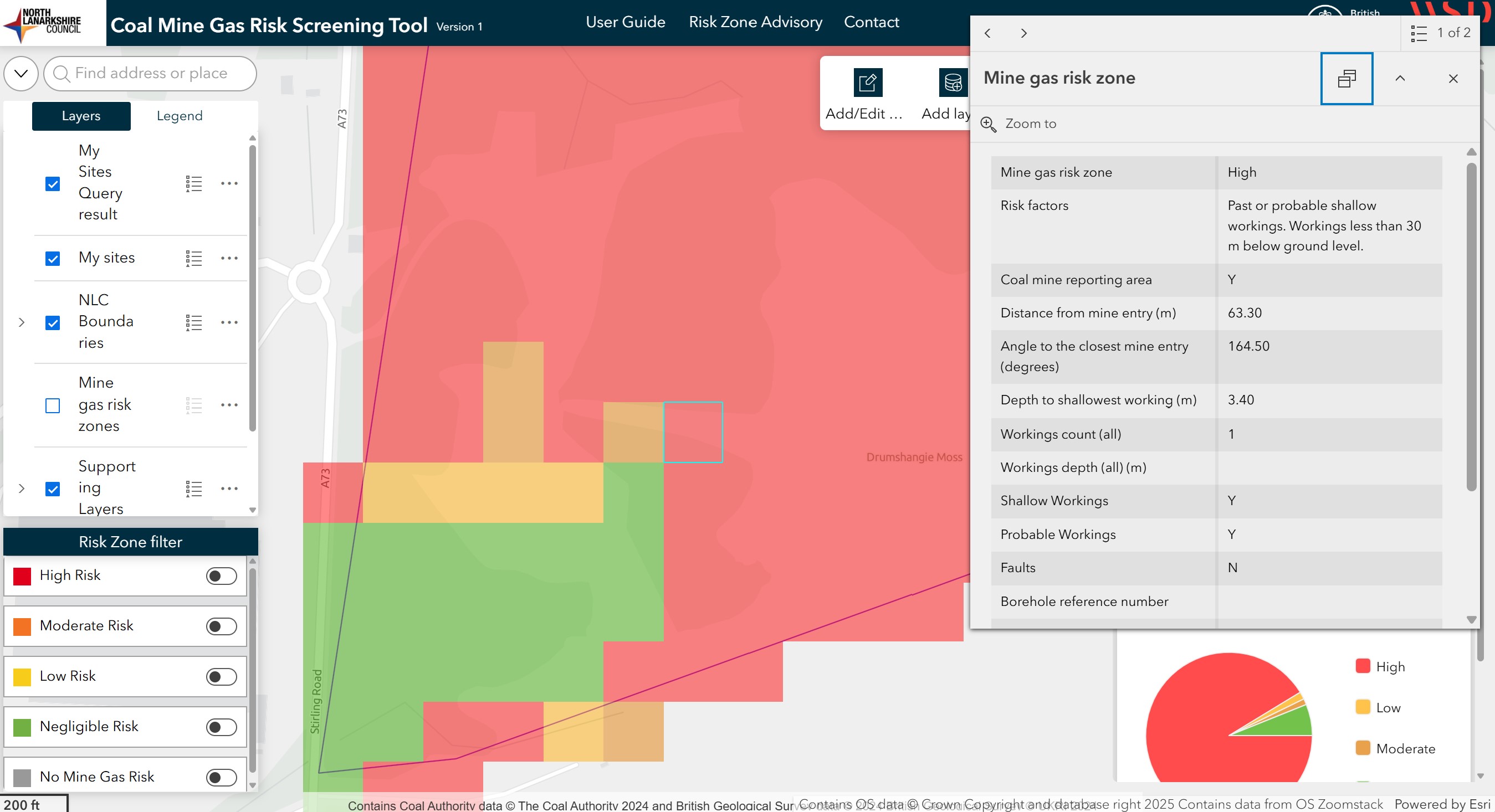
Coal mine gas risk screening tool. BGS © UKRI.
After two years of research and development, we are pleased that the coal mine gas risk decision support tool is now live. It is underpinned by data and geoscience and enables NLC to identify and communicate potential risks so that these can be managed by planning applications for new builds.
We will continue to update and enhance the tool and hope to be able to expand it to be used by other councils across Scotland in the future to help manage risk.
Darren Beriro, principal geoscientist at BGS who led the development of the tool.
The new tool provides information about the risk of mine gas emissions on land across North Lanarkshire, helping inform development decisions and planning applications. By giving consistent, accurate information, the tool avoids the need for additional investigations where there is a negligible risk and allows development to progress more quickly. Where there is an increased risk from mine gas, the tool helps direct developers to expertise, advice and support on the actions required to address the risks and put in place controls to allow the development to progress.
Mark Findlay, pollution control and public health manager at North Lanarkshire Council.
In addition to the best available data from the BGS and MRA, WSP UK have developed Risk Zone Advisories within the tool and it is the combination of these items that enables NLC to consistently and efficiently screen and communicate preliminary risks to planning applicants and developers.
We are excited to see the tool in use after a long collaborative effort and hope to introduce it across other areas with significant coal mining legacy.
Aliyssa Glen, principal consultant at WSP who led the development of the tool within WSP.
Relative topics
Related news

BGS agrees to establish collaboration framework with Ukrainian government
11/12/2025
The partnership will focus on joint research and data exchange opportunities with Ukrainian colleagues.
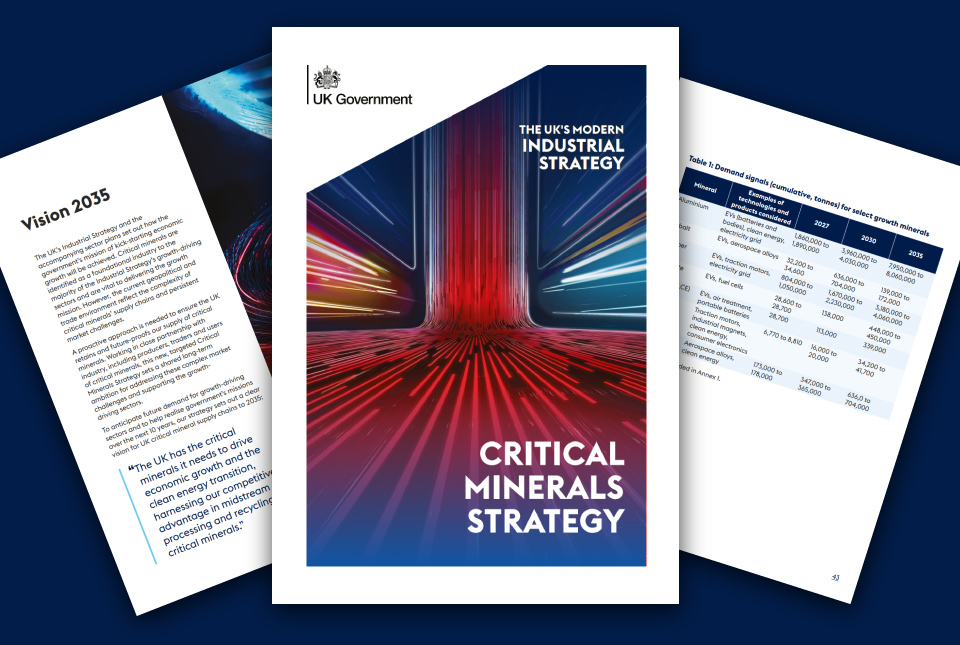
BGS welcomes publication of the UK Critical Minerals Strategy
23/11/2025
A clear strategic vision for the UK is crucial to secure the country’s long-term critical mineral supply chains and drive forward the Government’s economic growth agenda.

Dr Kathryn Goodenough appointed as honorary professor by the University of Aberdeen
25/08/2025
Dr Goodenough will take up the position within the School of Geosciences with a focus on critical minerals and the energy transition.

IODP³-NSF Expedition 501: successful offshore operations launches onshore phase
06/08/2025
Scientists have managed to take water and sediment samples from beneath the ocean on the New England Shelf for the first time, with the intention of understanding this offshore aquifer system.
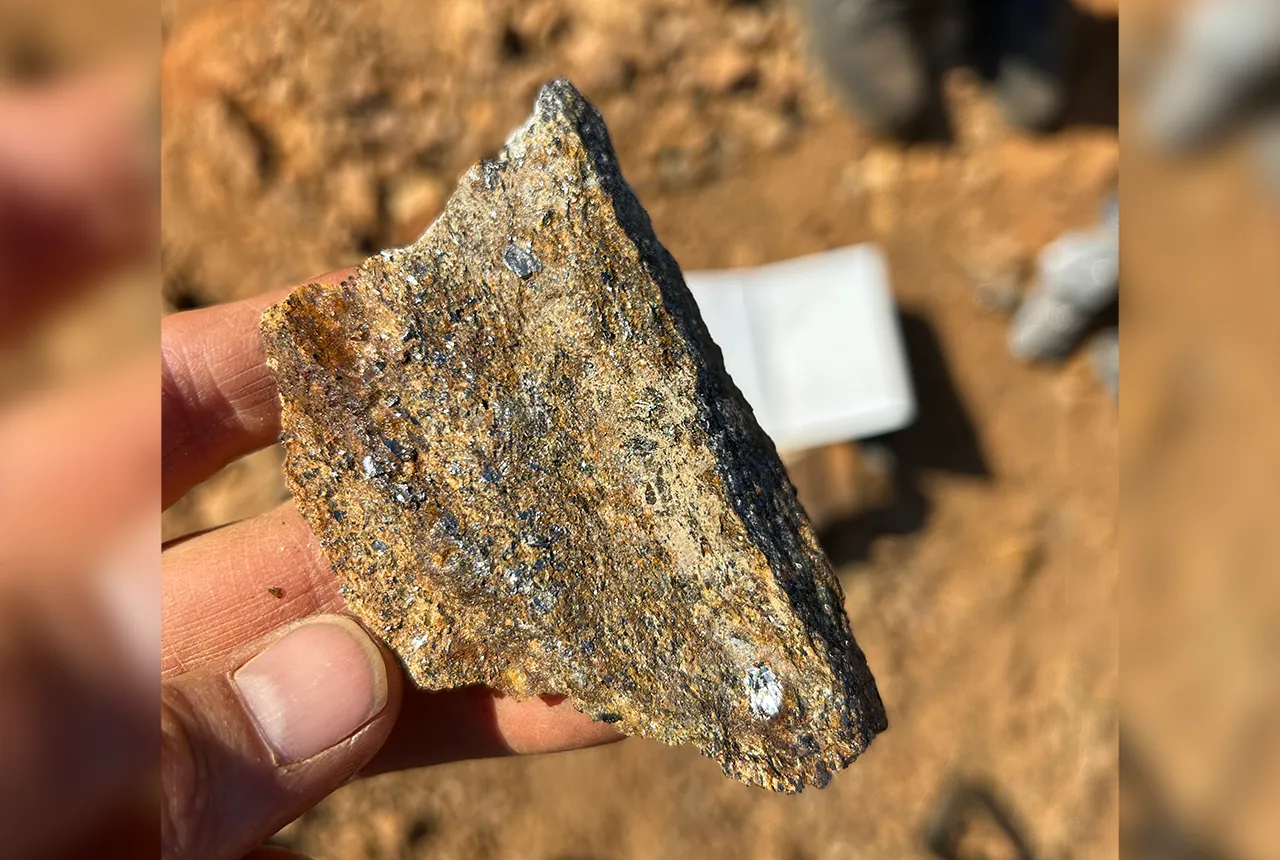
Zambia’s first critical minerals guide supports the country’s potential in global clean energy transition
18/07/2025
A new guide to Zambia’s critical minerals highlights the country’s current and potential critical mineral resources, including cobalt and lithium.
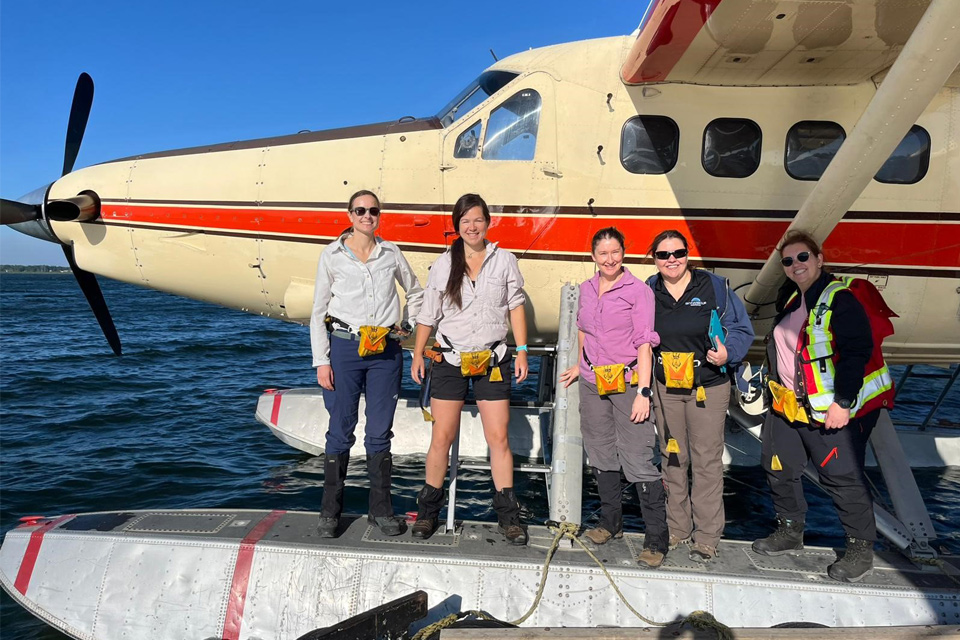
Funding awarded to UK/Canadian critical mineral research projects
08/07/2025
BGS is part of a groundbreaking science partnership aiming to improve critical minerals mining and supply chains.
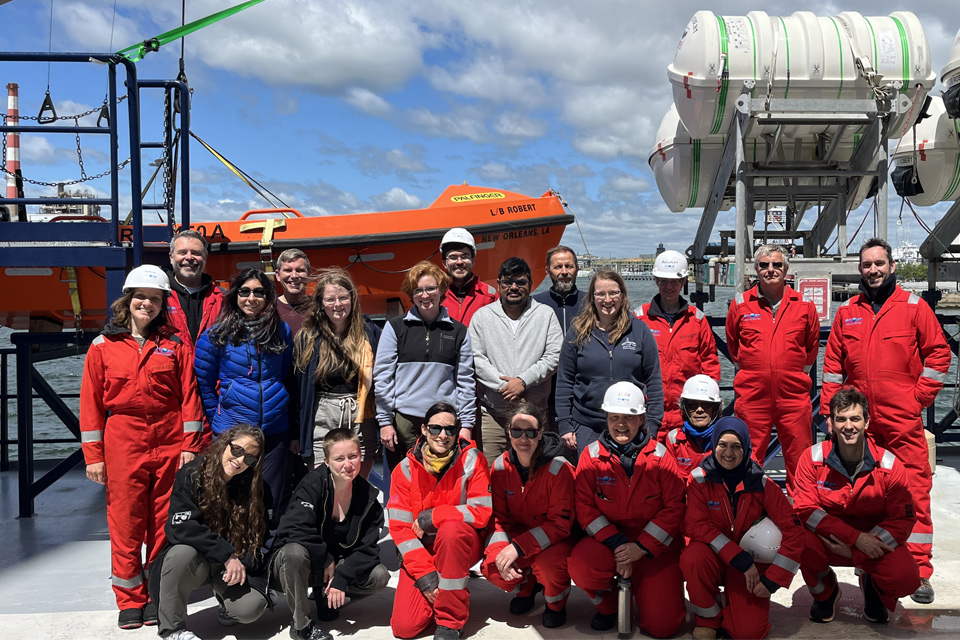
BGS scientists join international expedition off the coast of New England
20/05/2025
Latest IODP research project investigates freshened water under the ocean floor.
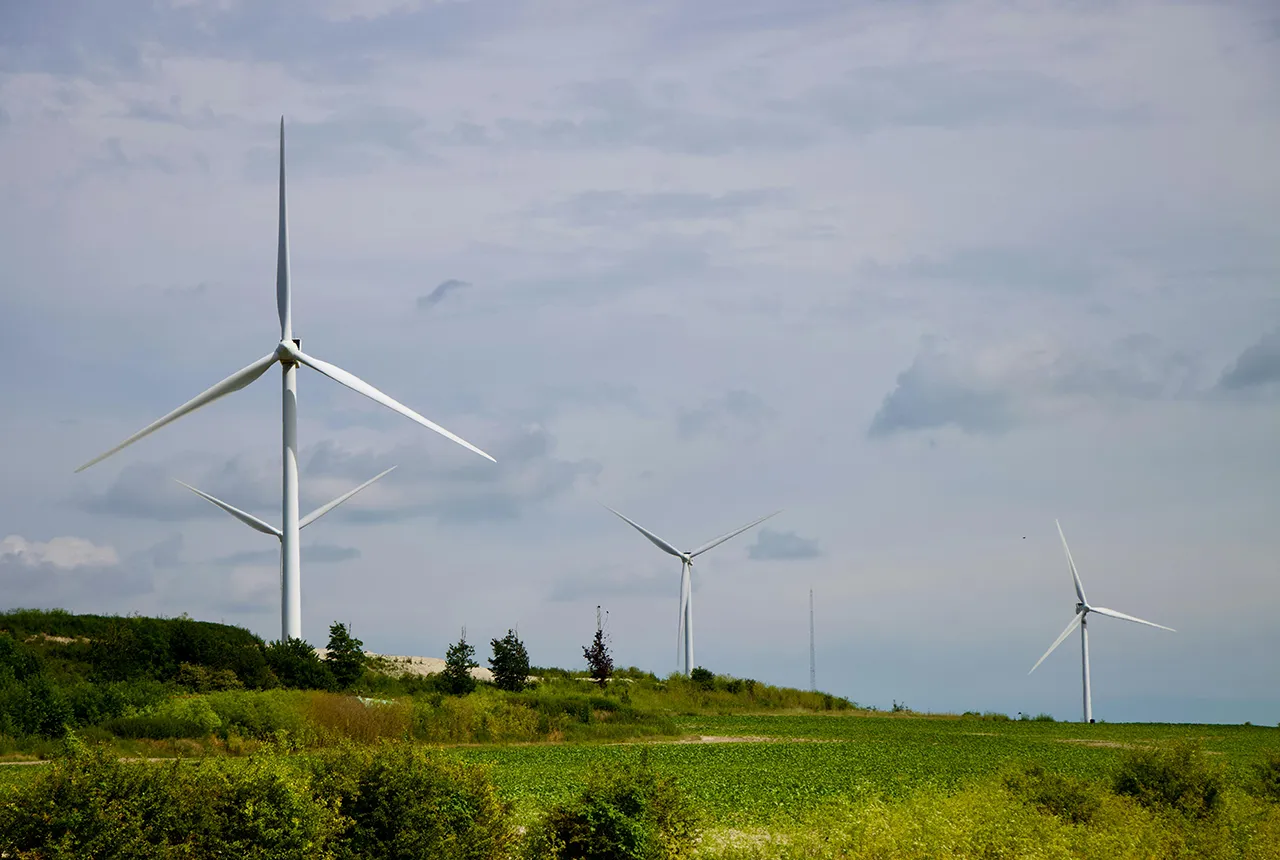
New interactive map viewer reveals growing capacity and rare earth element content of UK wind farms
16/05/2025
BGS’s new tool highlights the development of wind energy installations over time, along with their magnet and rare earth content.
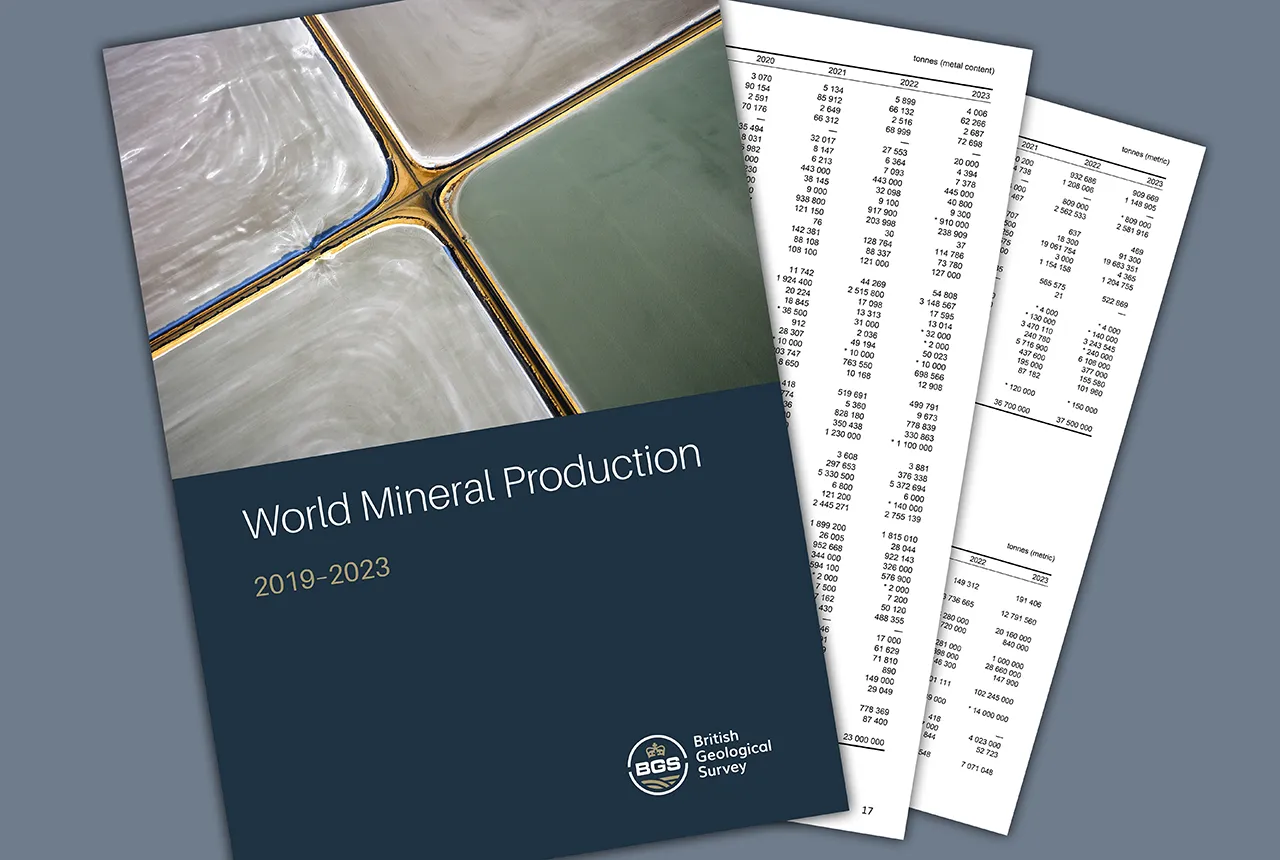
Latest mineral production statistics for 2019 to 2023 released
28/04/2025
More than 70 mineral commodities have been captured in the newly published volume of World Mineral Production.
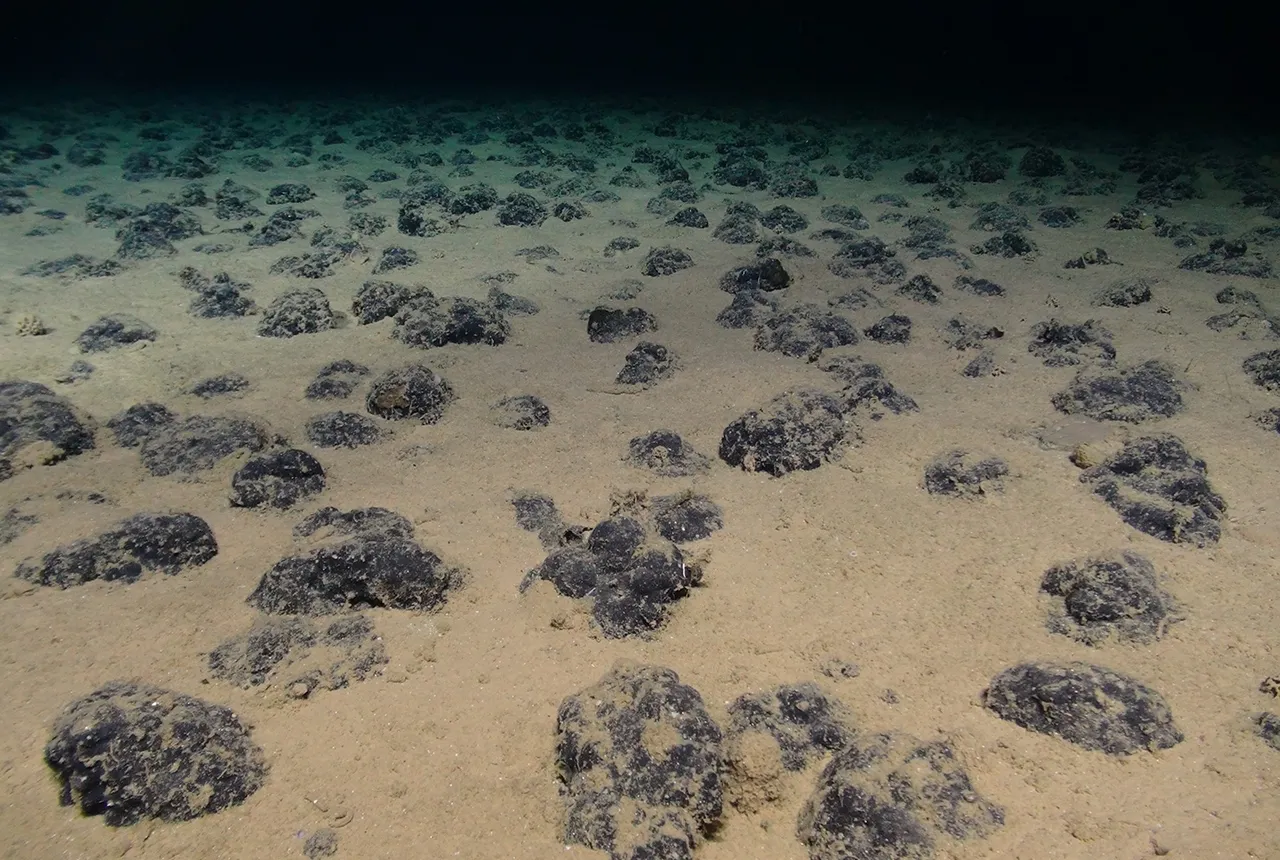
New study reveals long-term effects of deep-sea mining and first signs of biological recovery
27/03/2025
BGS geologists were involved in new study revealing the long-term effects of seabed mining tracks, 44 years after deep-sea trials in the Pacific Ocean.
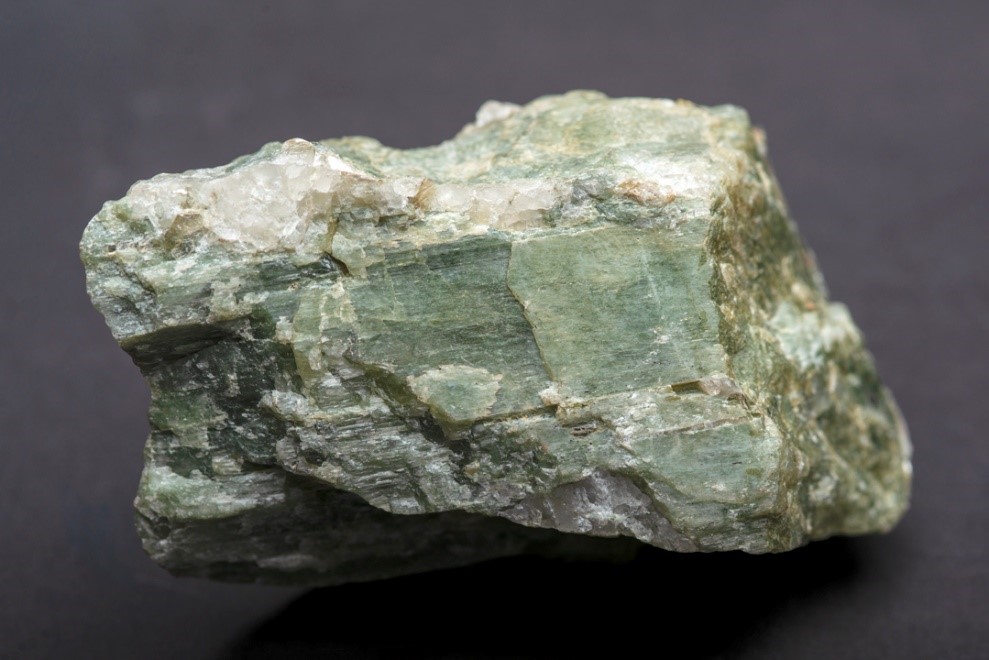
Future projections for mineral demand highlight vulnerabilities in UK supply chain
13/03/2025
New Government-commissioned studies reveal that the UK may require as much as 40 per cent of the global lithium supply to meet anticipated demand by 2030.
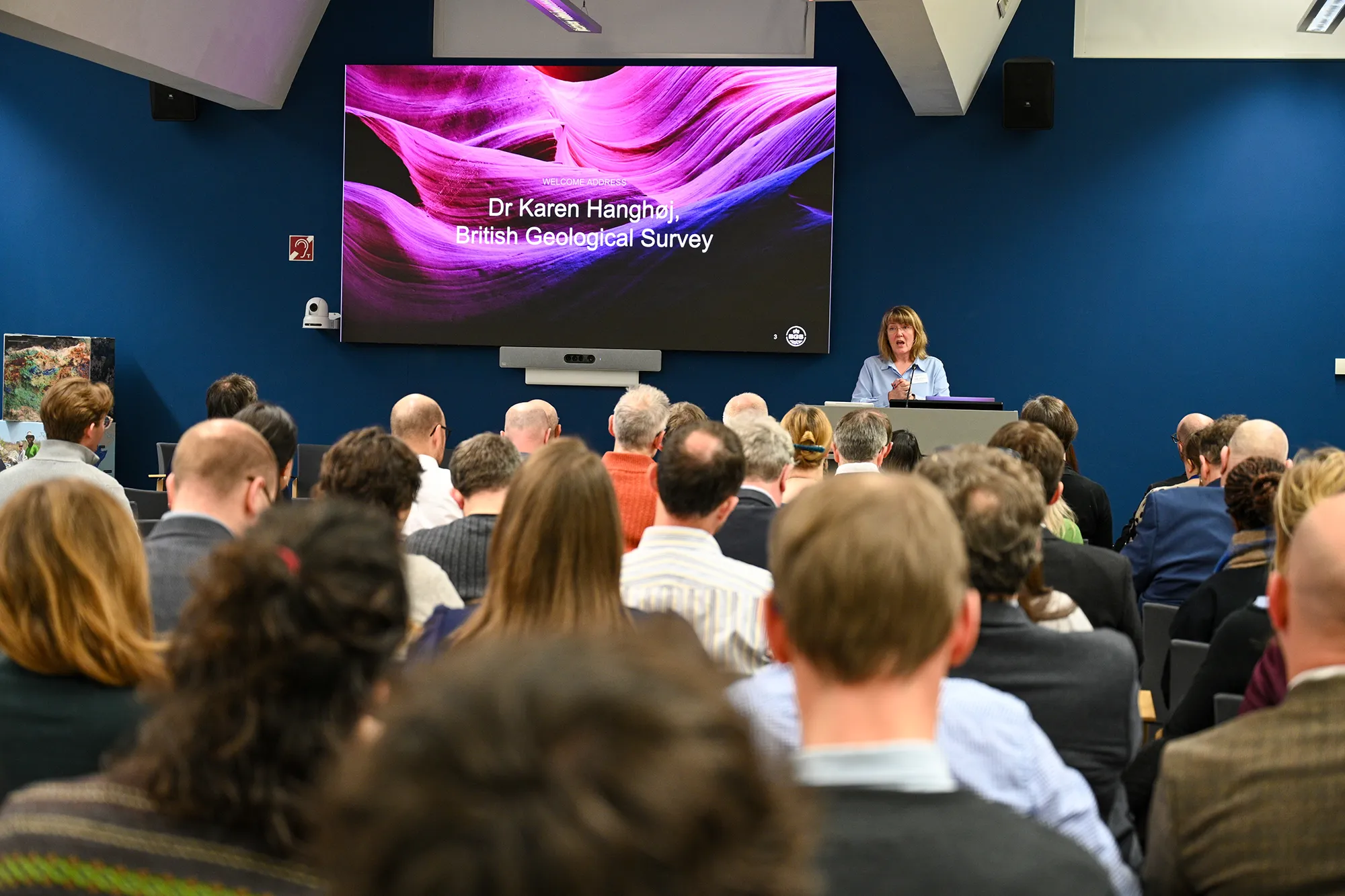
Critical Mineral Intelligence Centre hosts second conference
28/02/2025
The Critical Minerals Intelligence Centre conference took place at BGS’s headquarters in Keyworth, Nottinghamshire.




